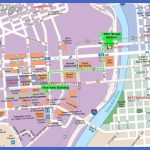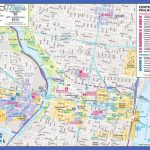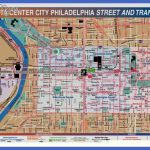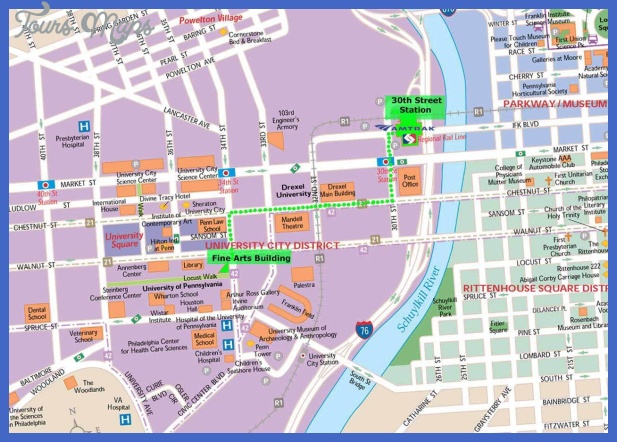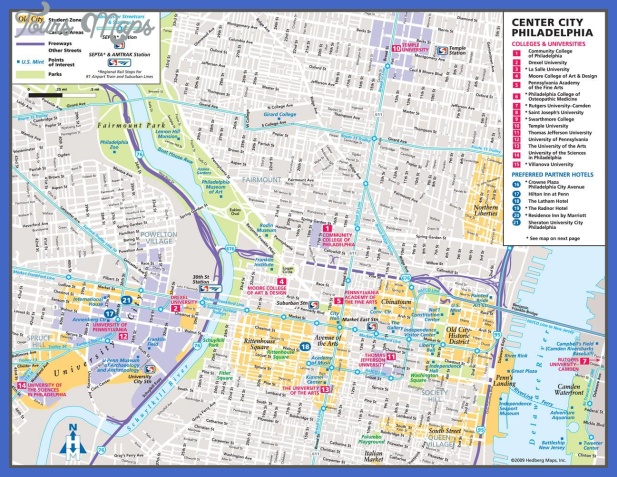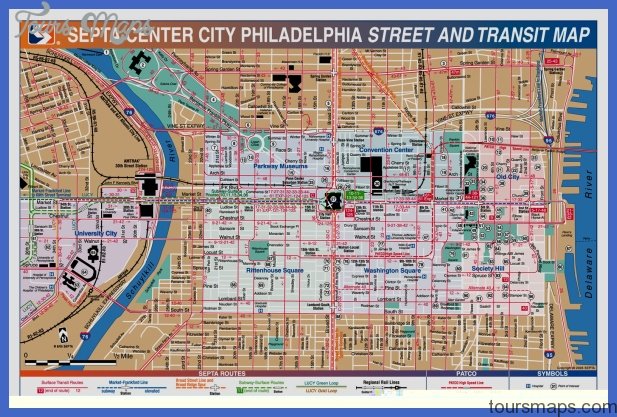Philadelphia Current Demographics
In the early twenty-first century, Latino Pennsylvania continues to grow. Latinos composed 3.2 percent of the state population in 2000, and in 2005 had grown to 4 percent. Philadelphia’s Latino population in 2000 was at 8.5 percent, and census estimates put the number at 10.5 percent in 2004, with Puerto Ricans constituting 8 percent of that number. With a 2000 census count of 91,527 Puerto Ricans in Philadelphia, the city has the third-largest Puerto Rican population outside of the island, behind New York (789,712) and Chicago (113,055). The Mexican population was expected to increase from its 2000 census numbers of 6,220 to more than 12,000 by 2004, thus remaining a small but rapidly expanding portion of the total Philadelphia Latino population.
Several other Latino groups are making their numbers felt. Prior to 1990, few Dominicans lived in Philadelphia. Recently, more Dominicans have moved from New York to Philadelphia, seeking work and affordable housing. The 2000 census counted 4,337 Dominicans in the city, making Philadelphia the home of the fourteenth-largest Dominican population in the United States. Cubans numbered 2,730 in 2000, and are a slowly growing population compared to other Latino groups; Colombians were counted at 2,414 in the same period. The first sizable number of Colombians migrated to Philadelphia in the 1960s, seeking work as a consequence of changes in the 1965 Immigration Act. A second wave arrived in the 1970s and 1980s from New York and Colombia. As for Central Americans, the 2000 census counted 544 Nicaraguans, 518 Guatemalans, 501 Costa Ricans, 466 Hondurans, 378 Panamanians, and 337 Salvadorans. The city’s Central American population remained small until oppressive governments and U.S. intervention in El Salvador, Guatemala, and Nicaragua in the late 1970s and 1980s created extremely difficult situations, forcing significant numbers to flee to the United States, with some settling in Philadelphia. Rounding out Philadelphia’s Latino
community are South Americans. In 2000 an estimated 531 Argentines, 471 Peruvians, 420 Ecuadorans, 409 Venezuelans, 182 Chileans, 86 Uruguayans, 55 Bolivians, and 38 Paraguayans lived in Philadelphia.14
The rest of Pennsylvania is marked by scant numbers of Latinos in some areas and large numbers in others. Pittsburgh, the second-largest city in the state with a 2000 population of 2,358,695, only had an estimated 4,425 Latinos in that year. However, that small number represents a doubling of the population since 1990, showing that Pittsburgh’s Latino population is increasing.15
Lehigh County’s Latino population grew from 10.2 percent in 2000 to 14 percent in 2005. The county’s largest city, Allentown, saw an increase in its Latino population from 24.4 percent in 2000 to 33.9 percent in 2005. The county’s second-largest city, Bethlehem, experienced an increase in the same period, from 18.2 percent to 23.8 percent. Another significant pocket of Latinos resides in Lancaster, where Puerto Ricans constituted 23.34 percent of the population in 2000. Lancaster has celebrated its Puerto Rican heritage every year since 1979 with its Puerto Rican Day parade. Reading has a similarly high number of Puerto Rican residents, with 23.46 percent; its total Latino population was estimated at 50.4 percent in 2005. In Chester County, the Mexican population doubled to a little more than 10,000 between 2002 and
2005. The Mexican community there is the largest outside of Philadelphia. Kennett Square, located in Chester County, has a Latino population estimated at 27.9 percent in 2005, which primarily comprises Mexicans.16 Many of the Latinos who are settling in Kennett Square work in the area’s mushroom industry.
Map of Philadelphia Photo Gallery
Maybe You Like Them Too
- Explore Góra Kalwaria, Poland with this detailed map
- Explore Gumdag, Turkmenistan with this detailed map
- Explore Telfes im Stubai, Austria with this detailed map
- Explore Langenselbold, Germany with this detailed map
- Explore Krotoszyn, Poland with this detailed map

